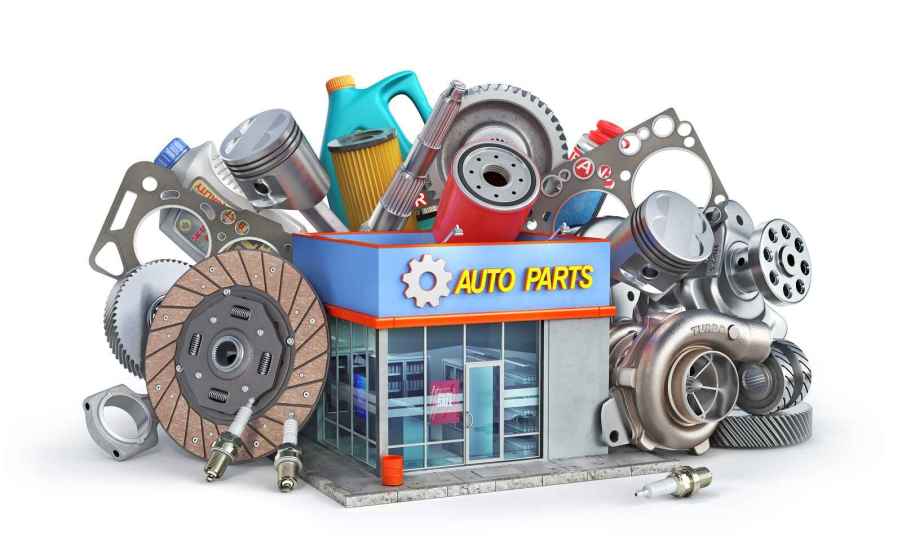
When Remanufactured Car Parts Are Worth Buying
If you get an estimate for car repair or work on your car yourself, you might be faced with deciding between a new, used, or remanufactured replacement part. Surprisingly, there are situations where a new part might not be the best option. Just as unexpected, a used part is perfectly fine in some cases. Falling right in between are remanufactured parts – components that have been gutted and rebuilt using the original casing.
I spent over a decade as an ASE parts-certified service writer at a local garage. I felt strongly that my role was to build a parts estimate using the best mix of dependability and financial worth. You might be surprised at the number of times I turned away from brand-new options and selected remanufactured components. New is always a “safe” option, but many certified mechanics understand there are instances where going reman is a great bet.

Also coined “refurbished” or “reconditioned,” many remanufactured car parts come with a lifetime warranty when sold via an aftermarket supplier. If a part is known to be prone to failure in its OEM state, like a specific original equipment power steering rack, we might select reman.
Often, brand-new alternators were levels more expensive than rebuilt versions. They might not necessarily be of higher quality, but any performance differences are pretty much negligible. Not only were the reman alternators less spendy, but they are covered under warranty longer.
Here’s a list of parts we saw great success with when going remanufactured:
- AC compressors
- Alternators
- Axle shafts
- Brake calipers
- Mass airflow sensors
- Power steering racks
- Starters
Frequently, and especially from the OEM, new car parts are only covered up to 12 months from purchase. Some are covered for even less time. Selecting rebuilt ensures that if you experience failure, a replacement part will be free. You might still have to pay labor, of course, depending on the shop’s warranty policy.
Regarding used car parts, I recommend static or simple-movement components. Body panels, door mirrors, visors, interior components, and anything unpowered should be OK. Be aware that plastic and rubber dry out as they age, so used parts might be prone to cracking. Headlight and taillamp assemblies could also work but might need a new pigtail connector, socket, and bulb.
If you’re truly unsure which direction to go in and don’t see budget as an issue, you can go ahead with a new car part. Knowing your various parts options, though, can be really helpful if you plan on keeping your car for the long haul.





